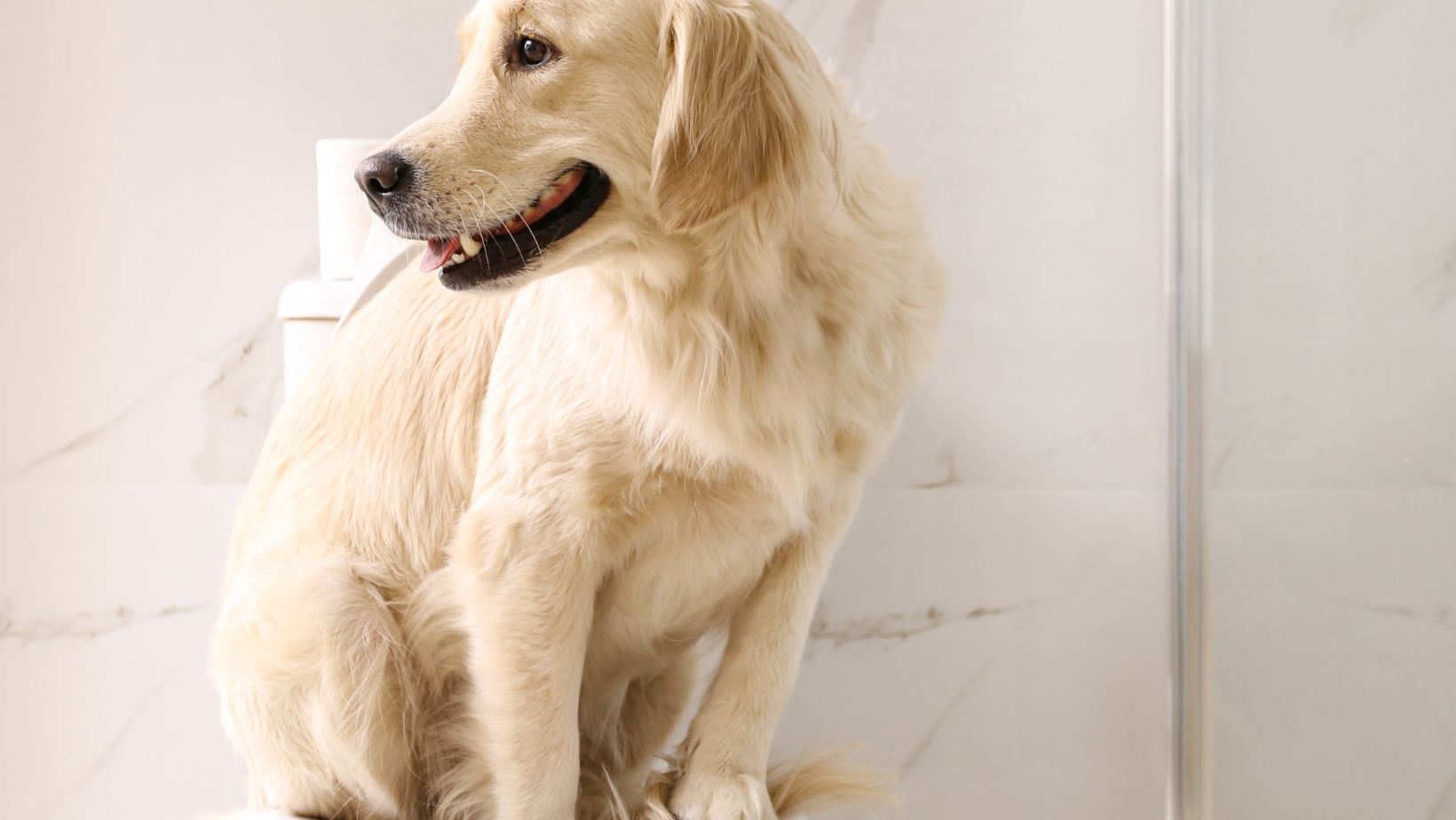How to Stop My Dog from Peeing Everywhere
Having a Labrador who constantly pees everywhere can be quite frustrating. But fear not, because I’ve got some tips and tricks to help you stop your dog from leaving a yellow trail all over your home.
First and foremost, it’s important to understand that inappropriate urination can stem from various reasons. It could be due to a medical issue, anxiety, lack of proper training, or even territorial marking. Consulting with your veterinarian is crucial in ruling out any underlying health problems that may be causing this behavior.
Once you’ve ruled out any medical issues, it’s time to address the behavioral aspects. Consistency is key when it comes to training your Labrador. Establish a regular schedule for feeding and bathroom breaks to help regulate their bladder. Take them outside frequently after meals, naps, and playtime to reinforce the idea that going potty happens outdoors.
Properly Crate Training Your Dog
When it comes to stopping your Labrador from peeing everywhere, crate training can be an effective tool. Not only does it provide a safe and secure space for your dog, but it also helps establish boundaries and reinforce good behavior. Here are a few key steps to properly crate train your furry friend:
- Introduce the crate gradually: Start by placing the crate in a quiet, comfortable area of your home. Leave the door open and encourage your Labrador to explore it at their own pace. Make sure to add some cozy bedding or toys inside to make it more inviting.
- Positive association: To create a positive association with the crate, use treats or praise whenever your dog goes near or inside it voluntarily. You want them to view the crate as a pleasant and rewarding space rather than a punishment.
- Slowly increase confinement time: Once your Labrador is comfortable entering the crate, begin closing the door for short periods while you’re present in the room. Gradually extend these confinement periods while ensuring that they remain calm and relaxed inside.
- Establish a routine: Dogs thrive on routine, so incorporate regular crate time into their daily schedule. This can include meal times, nap times, or when you need to leave the house for short intervals. Consistency is key!
- Avoid using the crate as punishment: It’s important not to use the crate as a form of discipline or isolation when your dog misbehaves. The goal is to create positive associations with being in their designated space.
By properly implementing these techniques with consistency and positivity, you’ll be well on your way to successfully training your Labrador and minimizing those pesky accidents. Happy crate training!

Minimizing Stress and Anxiety in Your Labrador
As a dog owner, it’s important to understand that stress and anxiety can contribute to your Labrador peeing everywhere. Luckily, there are several strategies you can implement to help minimize these issues and create a calmer environment for your furry friend.
- Establish a Routine: Labradors thrive on routine, so creating a consistent daily schedule can greatly reduce their stress levels. Set specific times for feeding, exercise, playtime, and bathroom breaks. This will provide them with a sense of structure and predictability.
- Provide Mental Stimulation: Boredom can lead to anxiety in dogs, so make sure your Labrador’s mind stays active. Engage them with puzzle toys, interactive games, or obedience training sessions. Mental stimulation not only helps alleviate stress but also tires them out mentally, reducing the likelihood of accidents.
- Create Safe Spaces: Dogs often seek out cozy spots where they feel secure. Designate an area in your home where your Labrador can retreat when they need some alone time or when they feel anxious. Fill this space with comfortable bedding and toys to encourage relaxation.
- Avoid Triggers: Identify potential triggers that may cause anxiety in your Labrador and try to minimize their exposure to them as much as possible. Common triggers include loud noises (such as fireworks or thunderstorms), unfamiliar environments, or certain people or animals that make them uncomfortable.
- Gradual Desensitization: If your Labrador is particularly sensitive to certain triggers like car rides or visits to the veterinarian, consider desensitization exercises over time. Gradually expose them to these situations in a controlled manner while providing positive reinforcement for calm behavior.
- Provide Physical Exercise: Regular physical exercise is essential for managing stress and burning off excess energy in Labradors. Aim for at least 30 minutes of vigorous activity each day through walks, runs, playing fetch or swimming – activities that are well-suited for their energetic nature.
Remember, each Labrador is unique, so it may take some trial and error to find the most effective strategies for minimizing stress and anxiety. By implementing these tips and providing a loving and nurturing environment, you’ll be on your way to helping your Labrador stay calm and reducing the incidents of peeing everywhere.